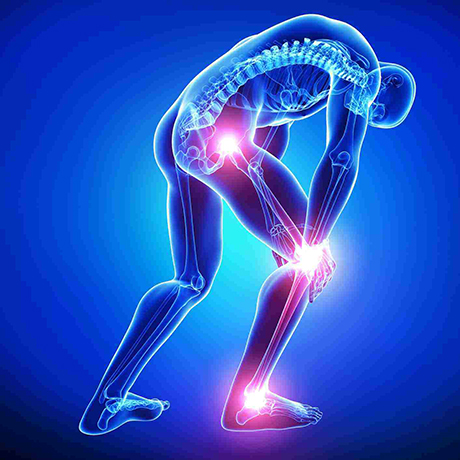Persistent pain is a significant concern that often follows sports injuries, affecting many athletes and active individuals. When someone experiences a athletic trauma, such as a sprain, strain, or break, the initial response usually includes soreness and inflammation. However, for some individuals, this discomfort does not diminish after the damage recovers. Instead, they may persistently experience discomfort long after the initial injury. This ongoing condition is known as chronic pain, and it can be difficult to treat. Understanding the complexities of chronic pain is vital for both patients and medical professionals to promote successful rehabilitation.
A primary cause chronic pain can emerge after a physical trauma is due to the physiological response to injury. When tissues are damaged, the body sends out signals to alert us of the damage. This mechanism includes swelling, which is part of the healing process. However, in some cases, this inflammatory response can become exaggerated or prolonged, leading to persistent pain even when the damage has resolved. Additionally, mental health aspects like nervousness and low mood can influence how individuals experience pain. Sports participants may feel stressed about returning to their sport, which can influence their perception of discomfort.

Chronic right here pain can significantly impact an athlete’s recovery process. It can affect their capacity to practice and perform at their normal standards. Athletes may find themselves incapable to participate in practices or games due to concern of aggravating their condition. This circumstance can lead to feelings of frustration and social withdrawal. When patients cannot perform as they did before their trauma, it may also undermine their mental health and sense of confidence. As a result, treating both the physical and psychological aspects of healing is crucial for overcoming chronic pain.
Multiple treatment options are available for addressing chronic pain following athletic trauma. Medical professionals often suggest a blend of physical therapy, pharmaceutical intervention, and complementary therapies like needle therapy or massage therapy. Physical therapy focuses on enhancing strength and flexibility while controlling discomfort through targeted movements. Drugs such as NSAIDs or pain relievers may be prescribed to temporarily ease symptoms. Each athlete’s condition is unique; therefore, developing a personalized care strategy that considers personal requirements and objectives is essential for successful recovery.
To summarize, chronic pain following sports injuries is a complex challenge that demands careful evaluation and intervention. It affects not only the physical aspect of recovery but also the mental health of sports participants. By recognizing the causes and impacts of long-term discomfort, athletes and healthcare providers can collaborate effectively more effectively toward recovery. With targeted clinical more approaches and rehabilitative resources in place, many individuals can successfully manage persistent symptoms and return to enjoying their preferred physical activities fully.